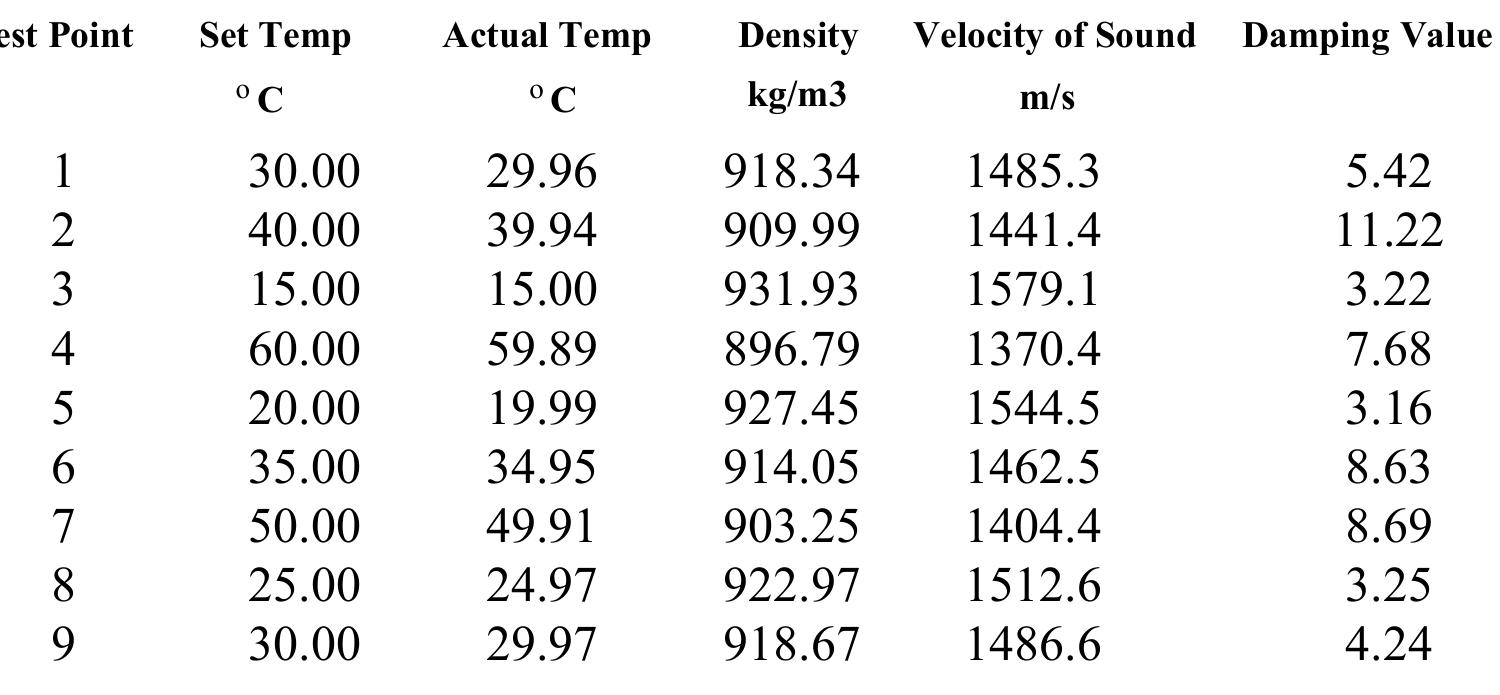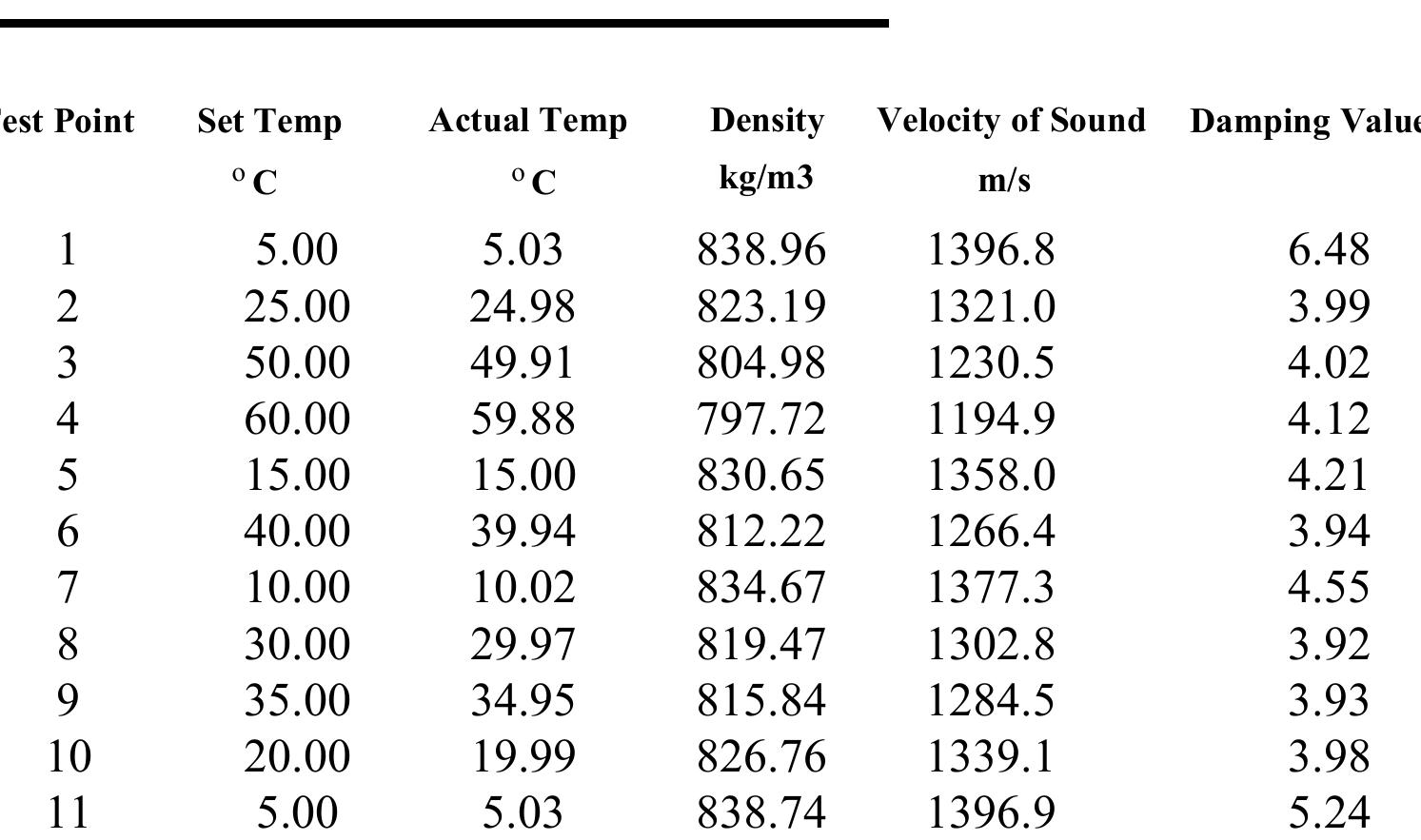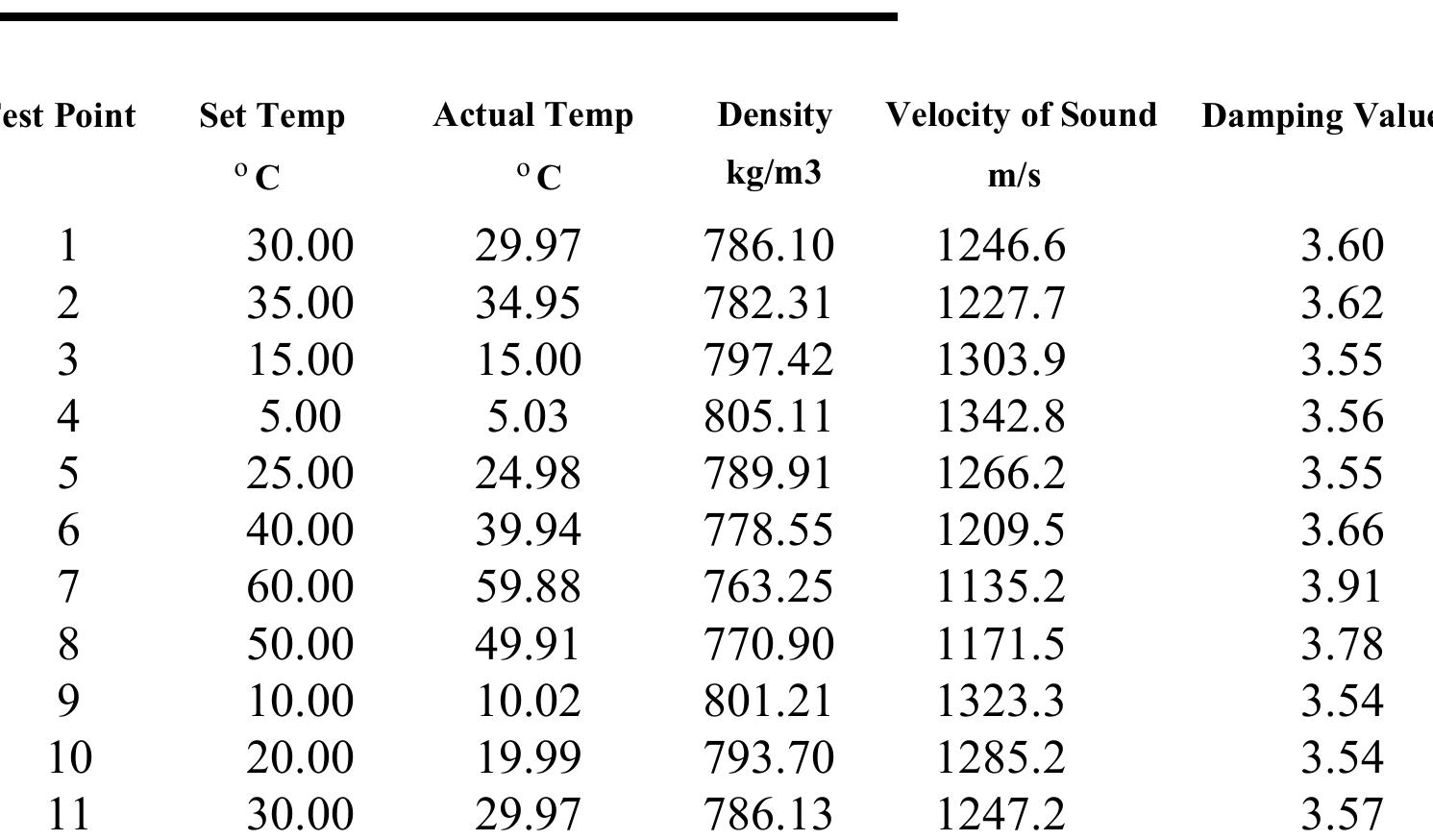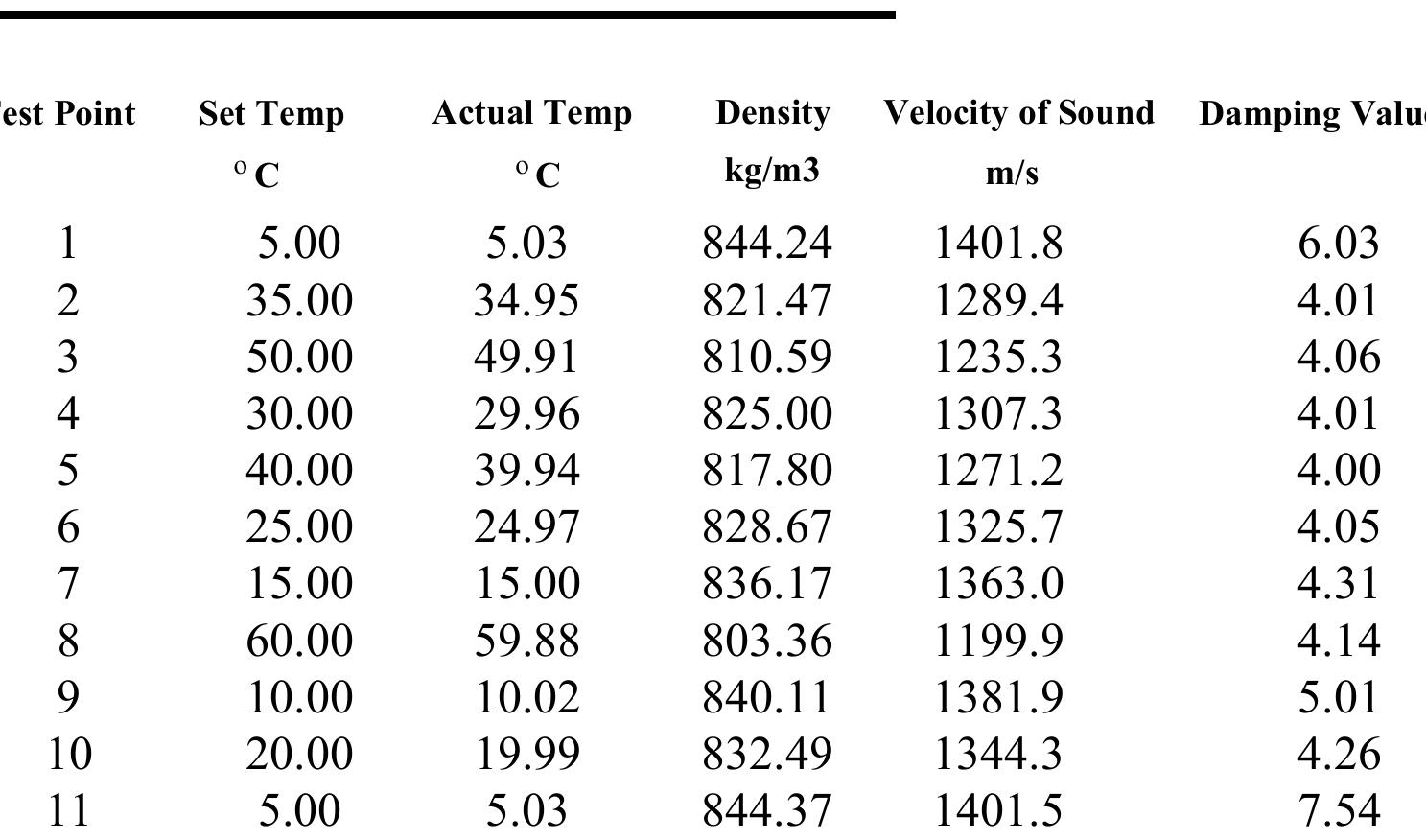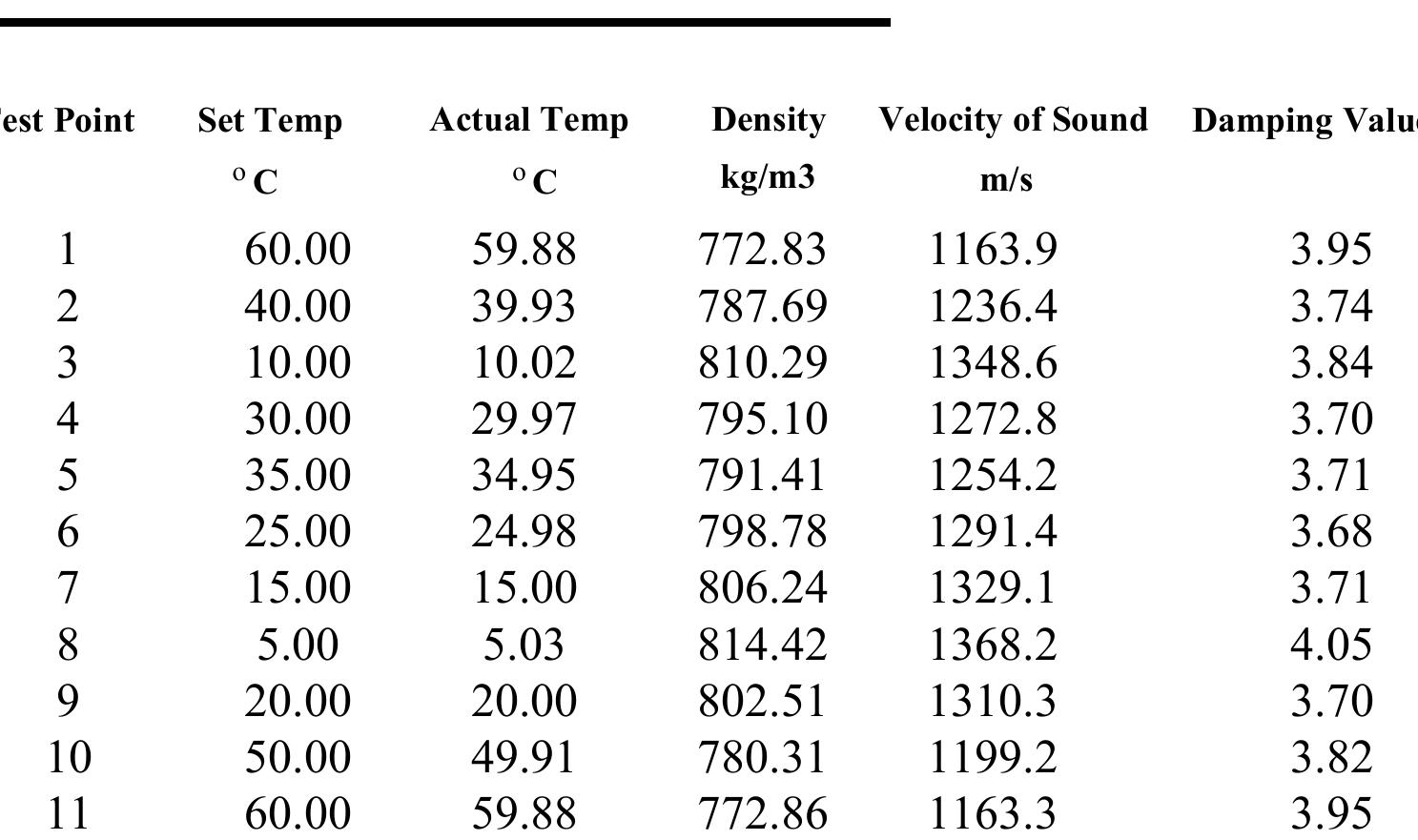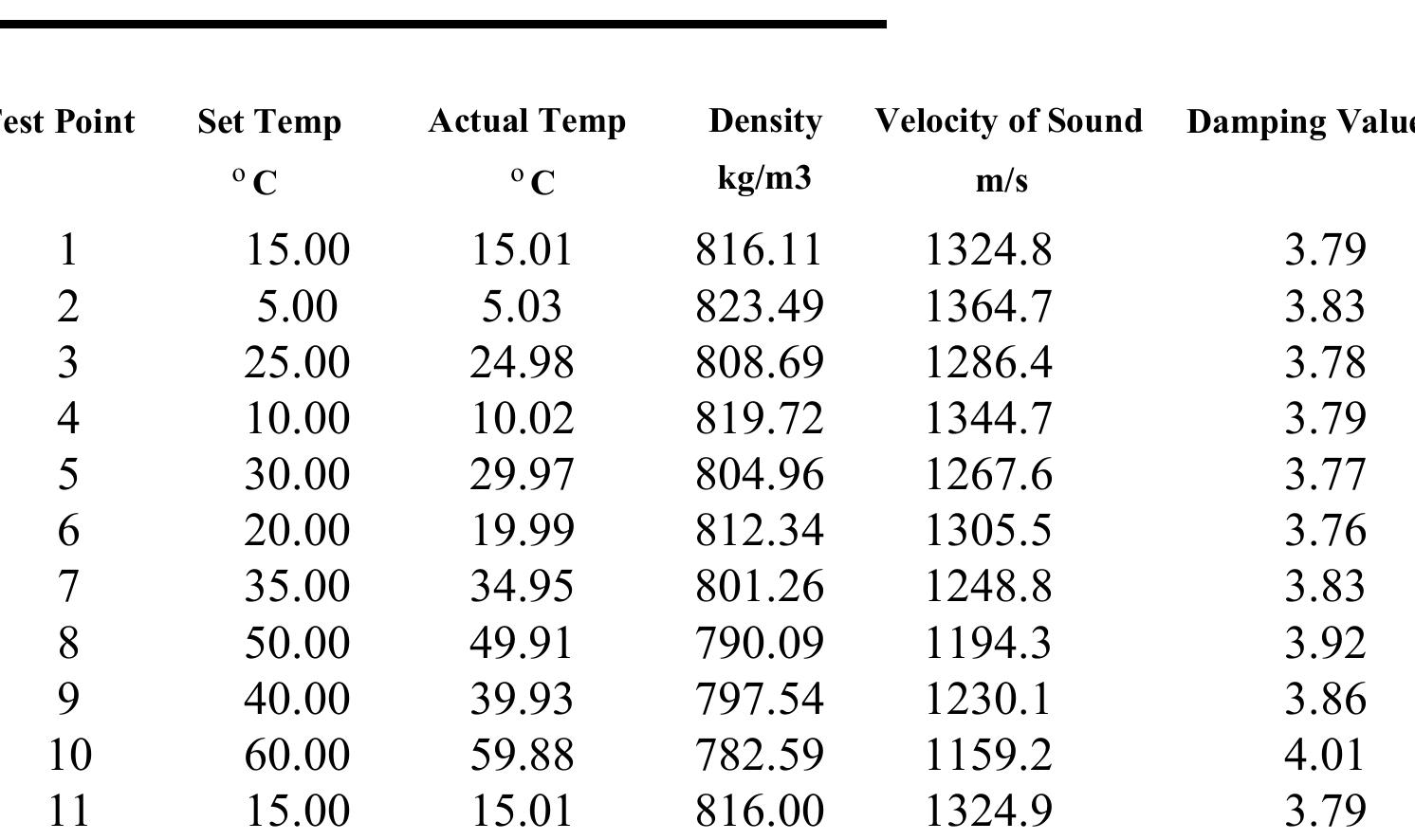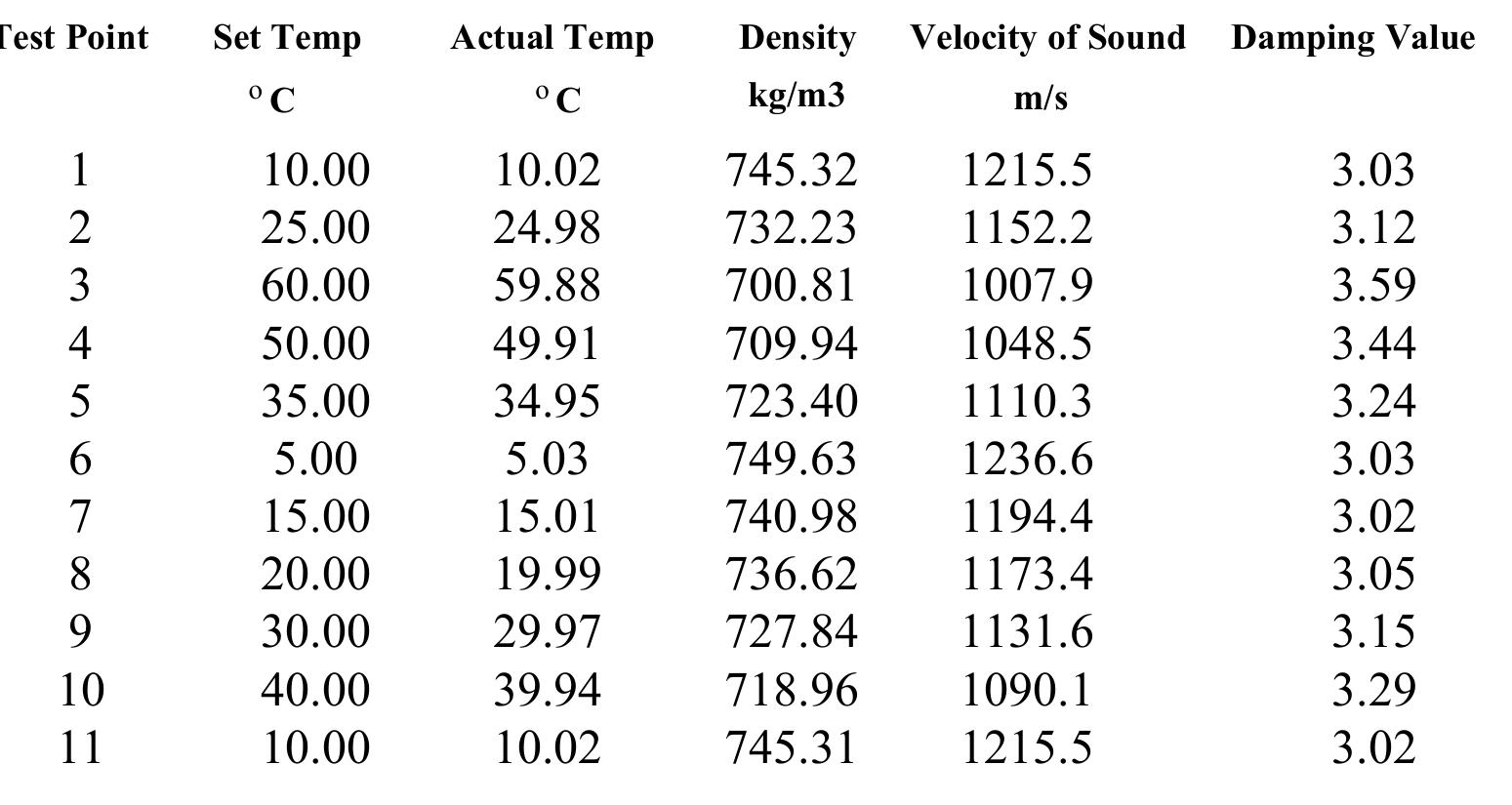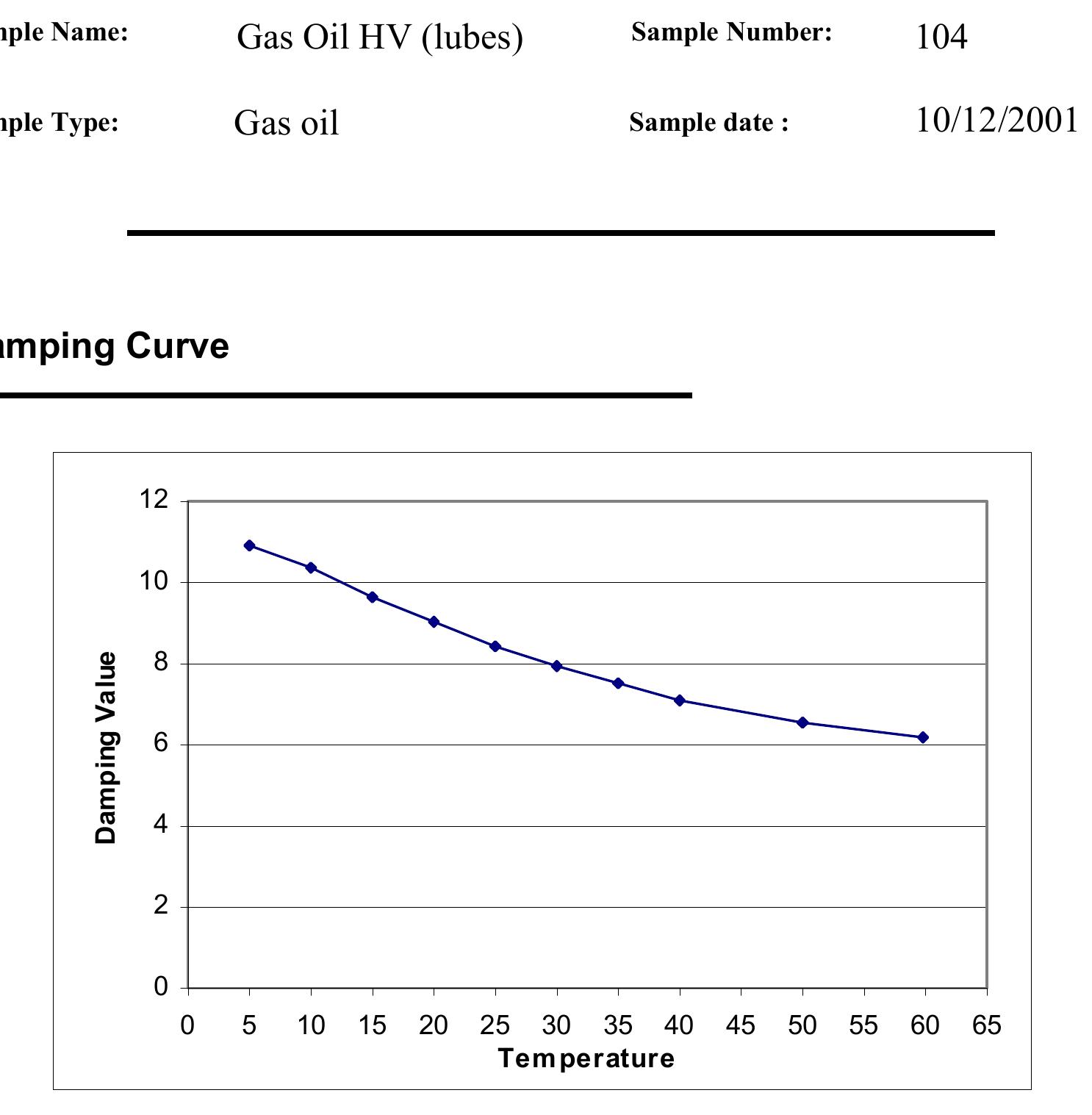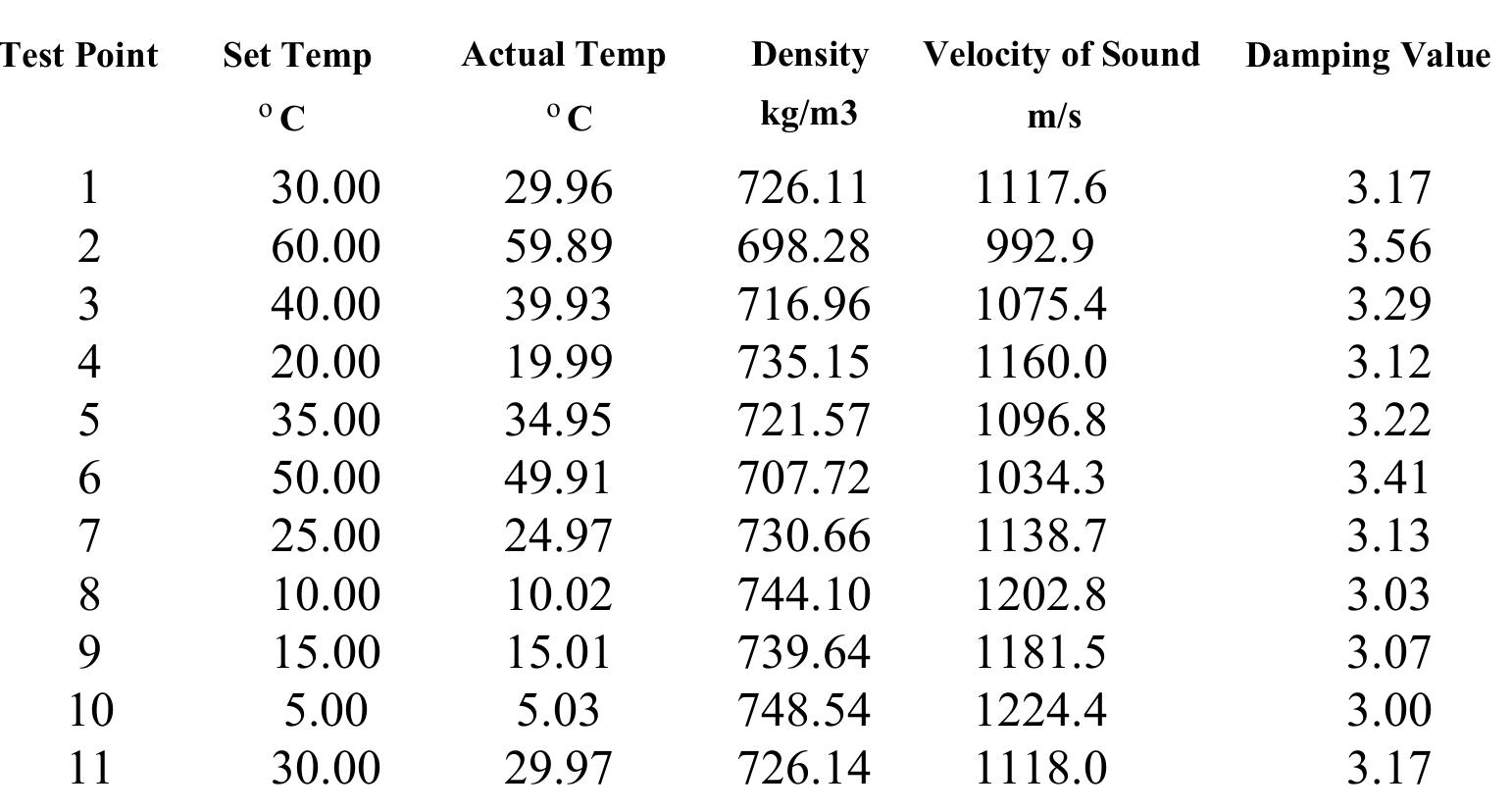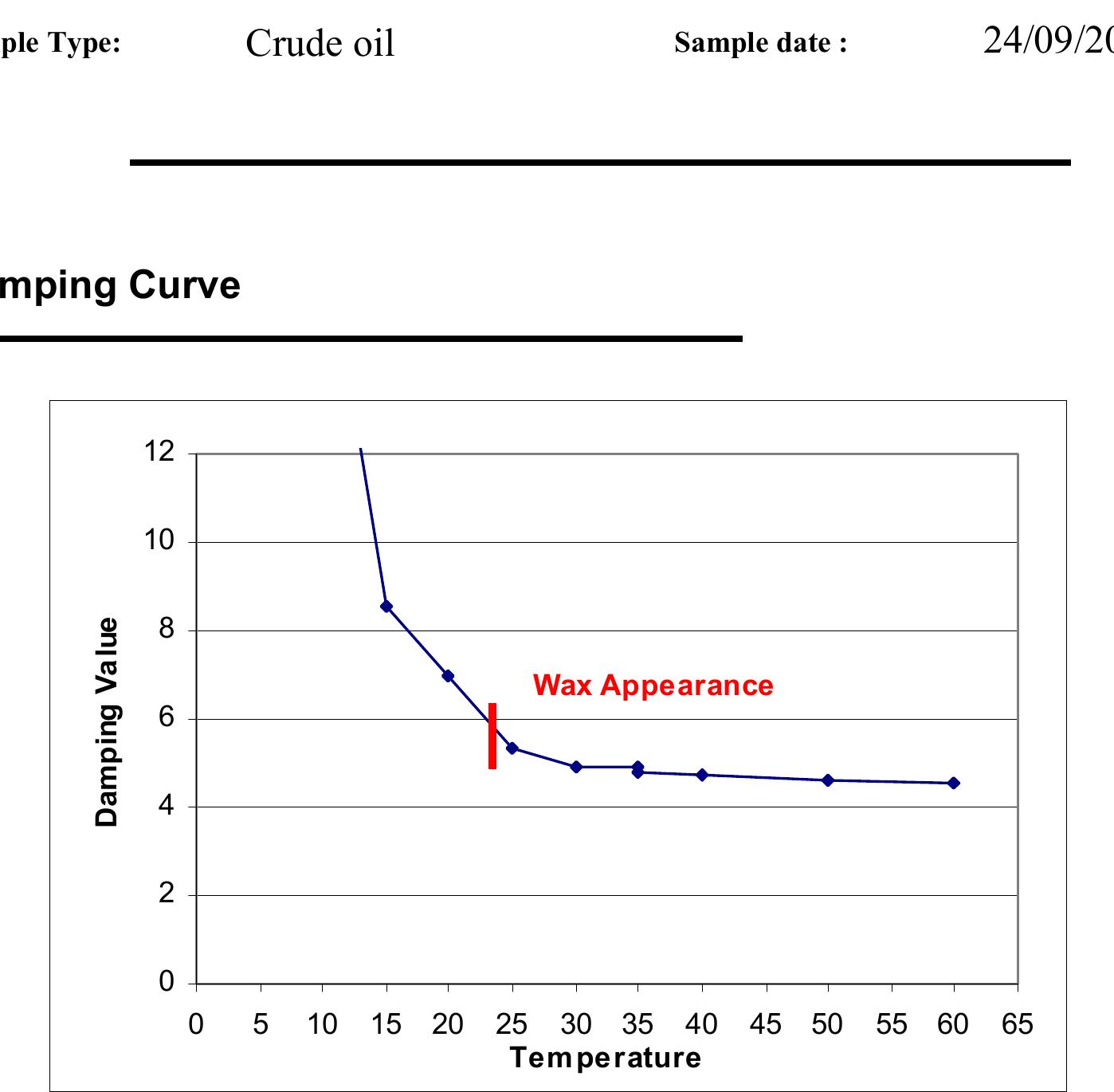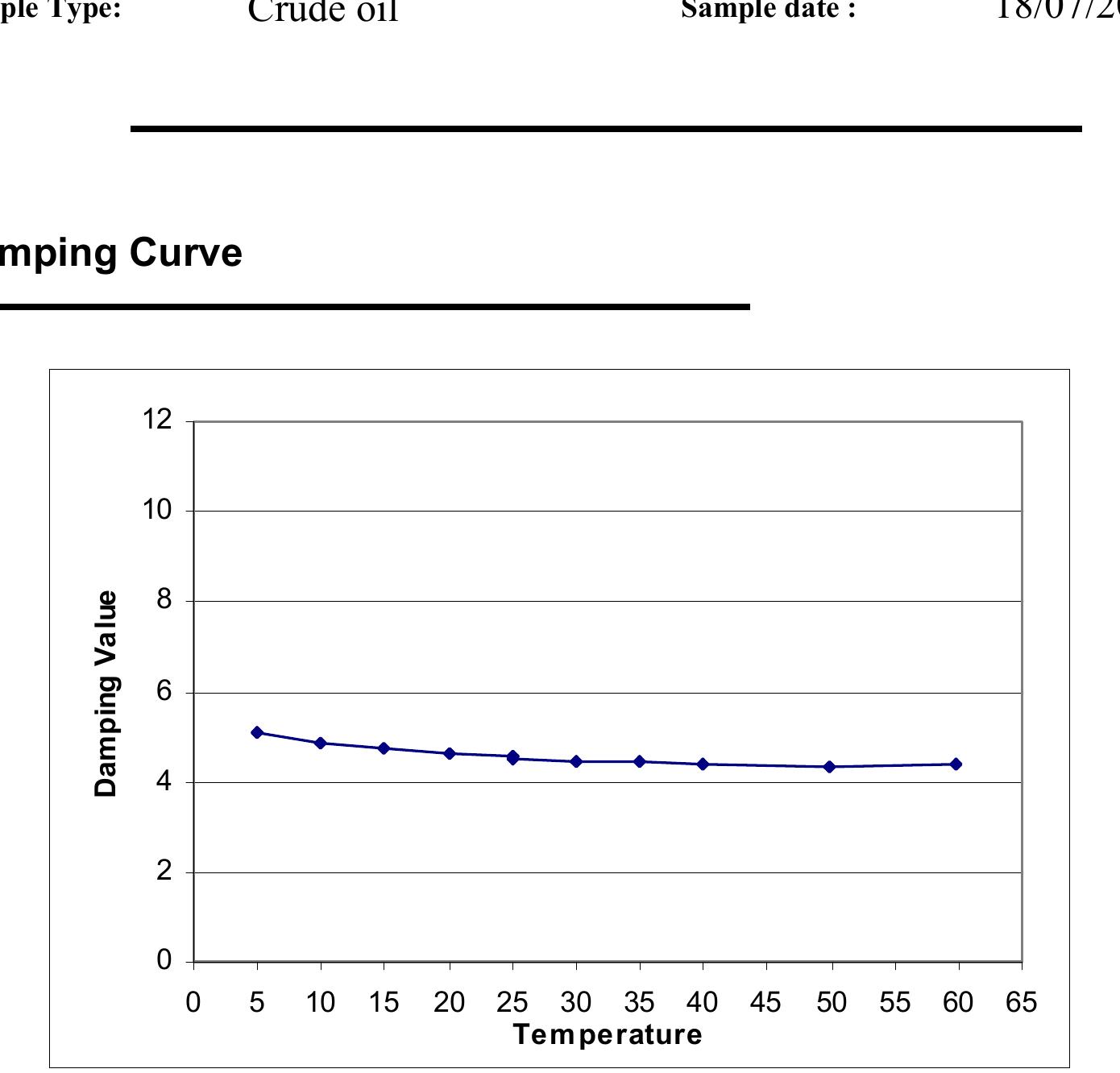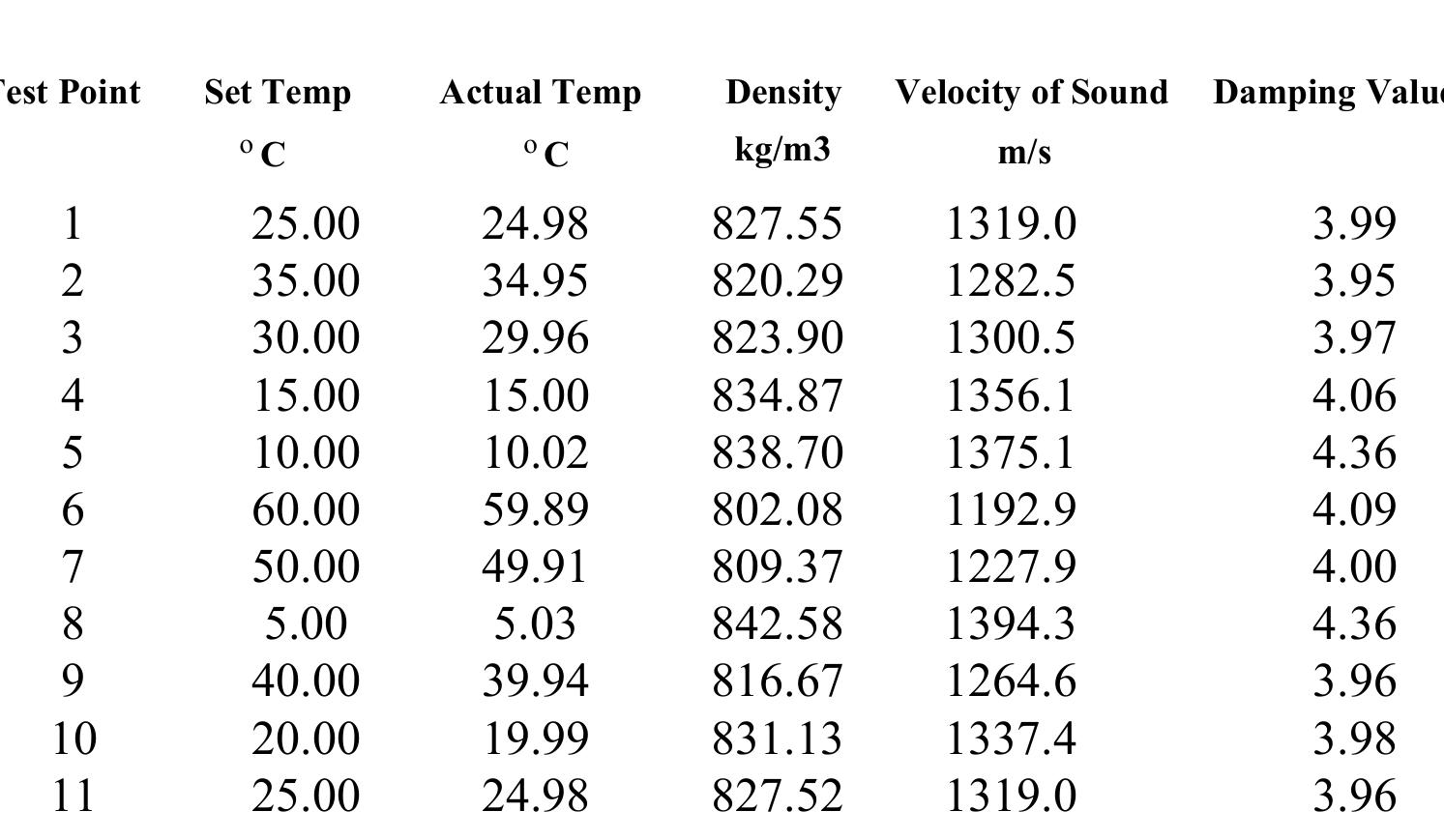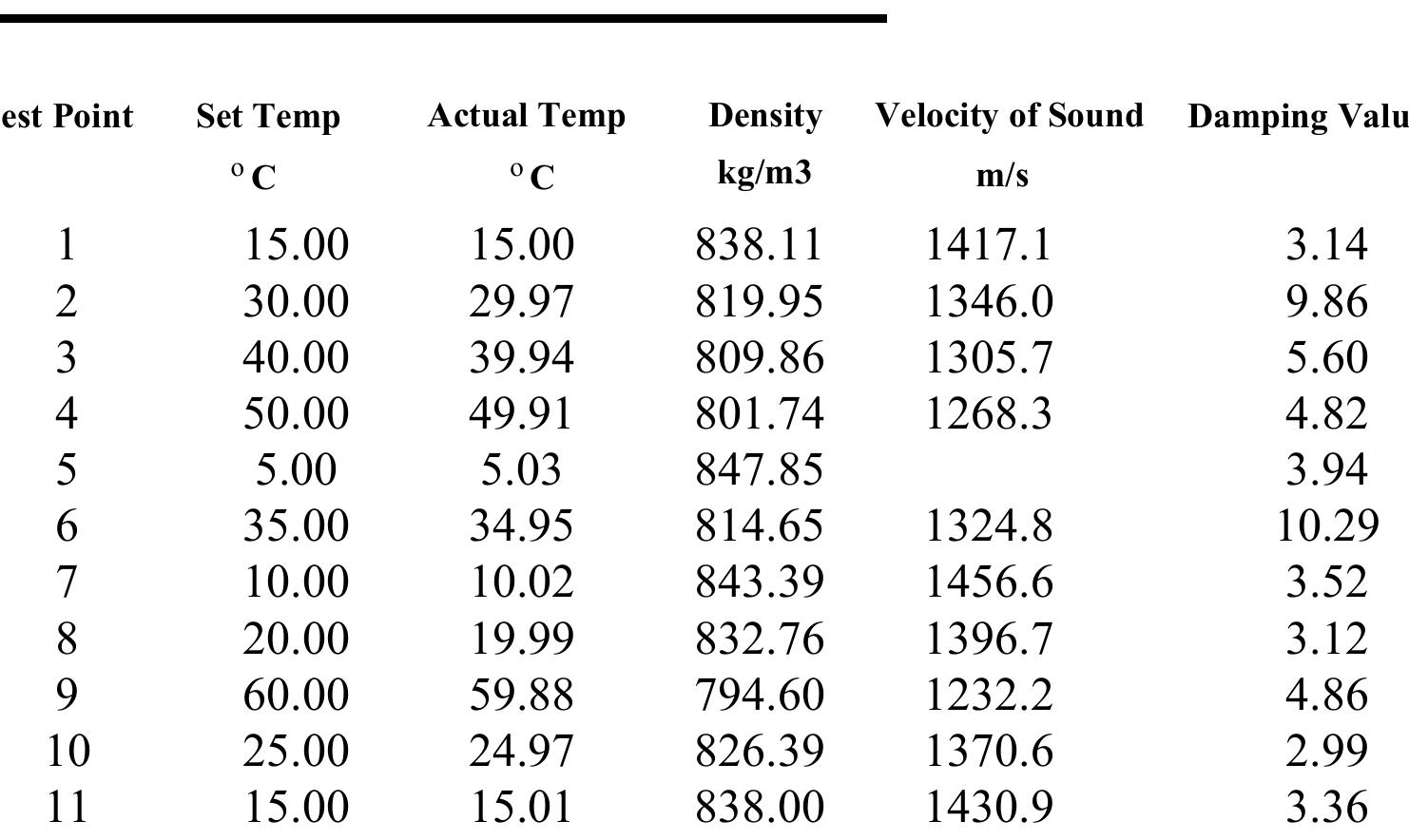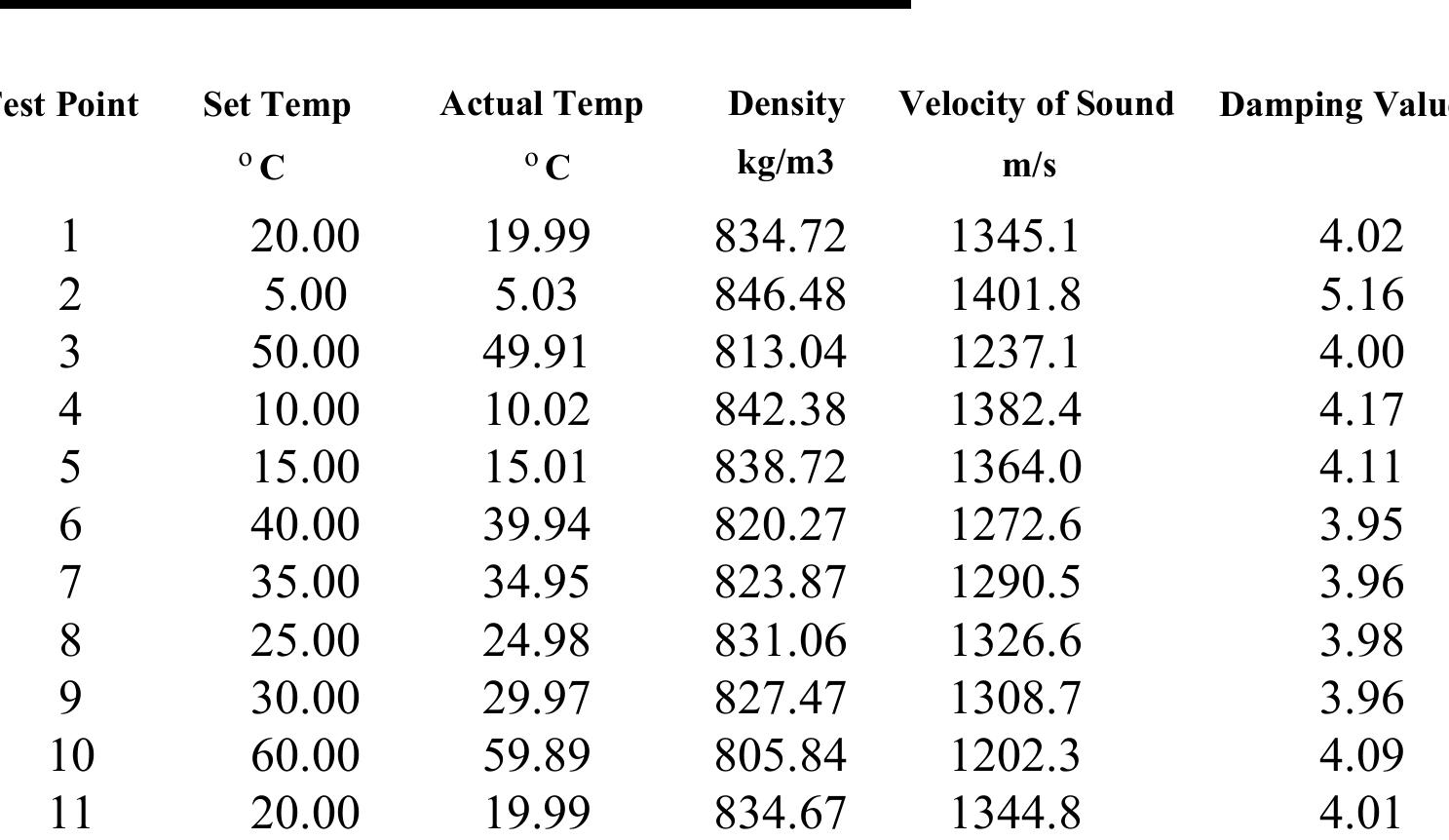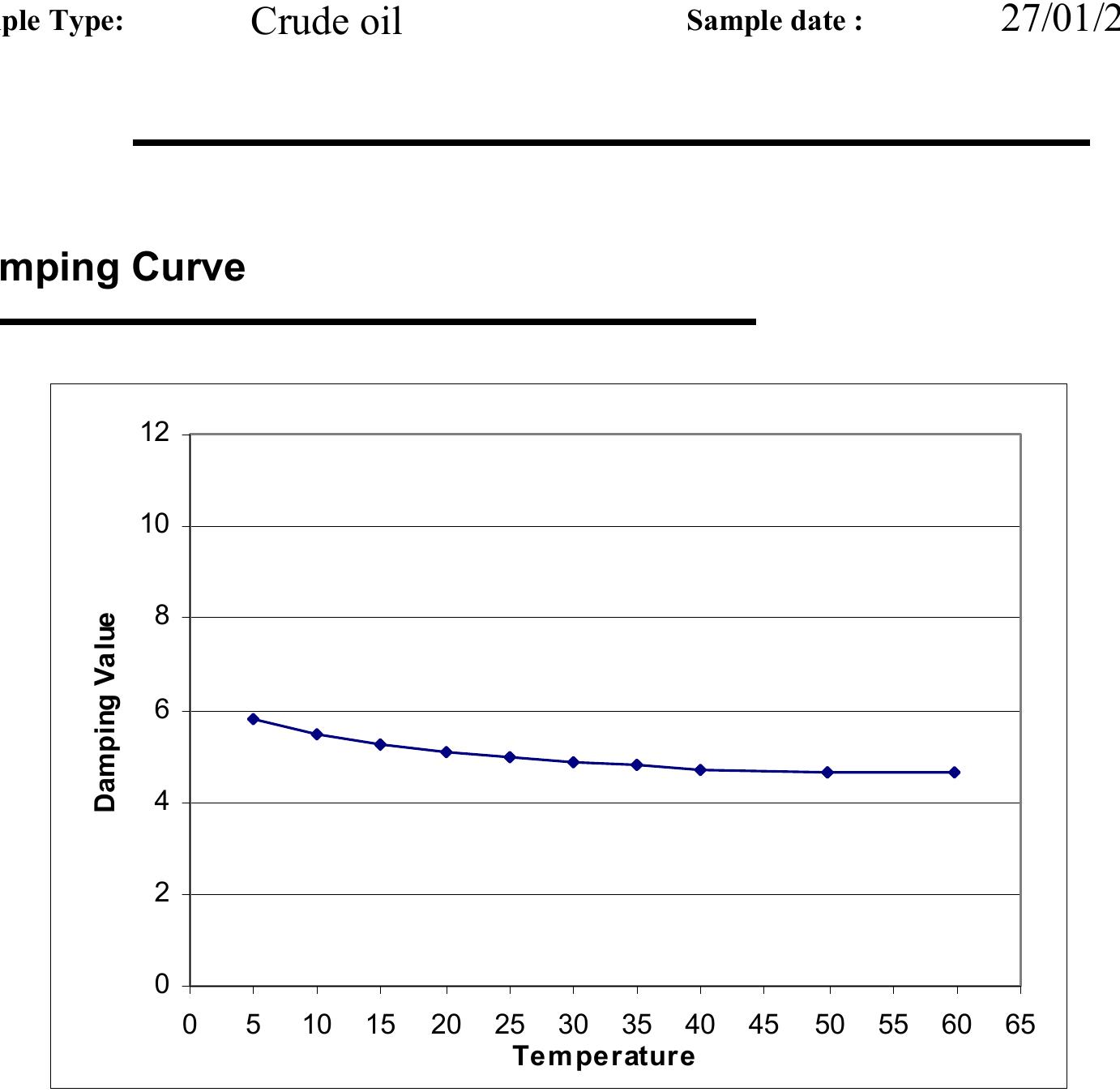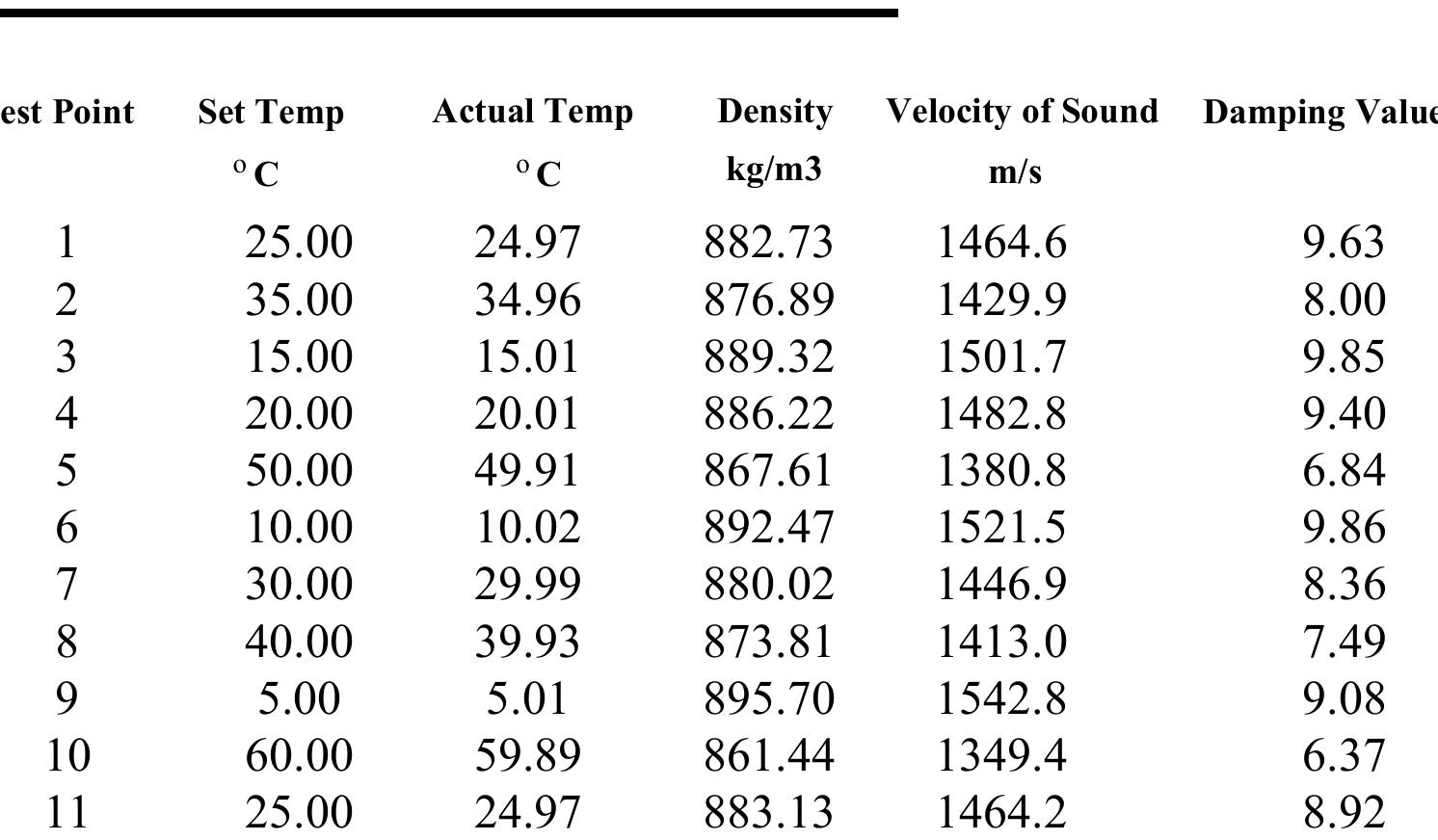Volume correction factors by velocity of sound
2004, Petroleum review
Abstract
A recent study carried out by members of the HM-L-4B Oil Transportation Measurement Committee - supported by the Energy Institute (El) and the API - has confirmed the general accuracy of the existing IP/API/ASTM Petroleum Measurement Tables (1980). The tables are used to convert densities and volumes measured at ambient conditions to standard conditions. In addition, new, simple equations have been developed based on velocity of sound, which can provide improved precision over the existing tables. Paul Harrison*, Melverley Consultants, and Denis Fitzgerald**, H&D Fitzgerald, report.
References (33)
- 0 Introduction ......................................................................................................................................
- 0 Acknowledgements .......................................................................................................................... 2.1 Finance..................................................................................................................................
- 2 Samples.................................................................................................................................
- 3 Software................................................................................................................................
- 0 Summary...........................................................................................................................................
- 0 Background.......................................................................................................................................
- 1 The Petroleum Measurement Tables ....................................................................................
- 2 The Concept of Velocity of Sound as a "correction factor" .................................................
- 3 The Characteristics of Pure hydrocarbons............................................................................
- 4 Initial tests on Hydrocarbon Mixtures ..................................................................................
- 0 Experimental Arrangements ............................................................................................................. 5.1 Equipment and Procedure.....................................................................................................
- 2 Temperature Traceability......................................................................................................
- 3 Density Traceability .............................................................................................................
- 4 Velocity of Sound Traceability.............................................................................................
- 5 Typical data ........................................................................................................................
- 0 Samples........................................................................................................................................... 6.1 Range ..................................................................................................................................
- 2 Sample Provenance.............................................................................................................
- 3 Sample Collection and Handling........................................................................................
- 4 Storage................................................................................................................................
- 0 Wax Appearance Temperature ....................................................................................................... 7.1 General................................................................................................................................
- 2 Viscous Samples.................................................................................................................
- 3 Conclusion..........................................................................................................................
- 0 Reference density ........................................................................................................................... 8.1 Comparison of Methods -linear, quadratic, API................................................................
- 0 Data available .................................................................................................................................
- 0 Predicting density 15 from Measured Density and VoS................................................................... 10.1 Crudes.................................................................................................................................
- 2 Products ..............................................................................................................................
- 3 Lubes .................................................................................................................................. 10.4
- Products & Lubes ............................................................................................................... 10.5 All Samples......................................................................................................................... 10.6 Influence of crystal formation ............................................................................................ 10.7 Sensitivity of the generalised equation ...............................................................................
- 0 Predicting δρ/δt from Measured Density and VoS .........................................................................
- 0 Unusual samples / Interferences ..................................................................................................... 12.1 Effect of Water Content...................................................................................................... 12.2 Unleaded Gasolines ............................................................................................................ 12.3 Oxygenates (from H&D earlier work)................................................................................ 12.4
- Biodiesel/FAME (from H&D earlier work) .......................................................................
- 0 Practical Application of Velocity of Sound Relationships ............................................................. 13.1
- VoS Standards ....................................................................................................................
 Denis FITZGERALD
Denis FITZGERALD
























